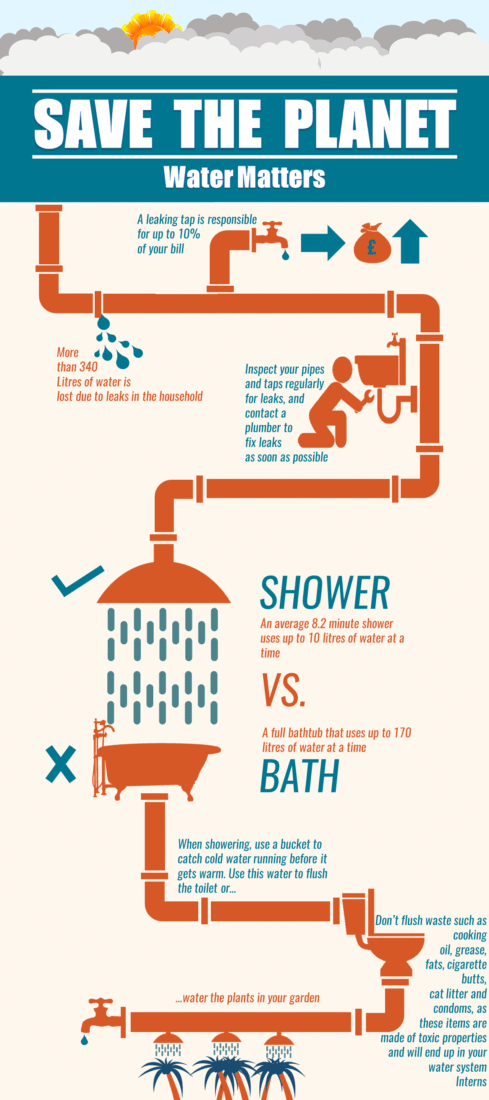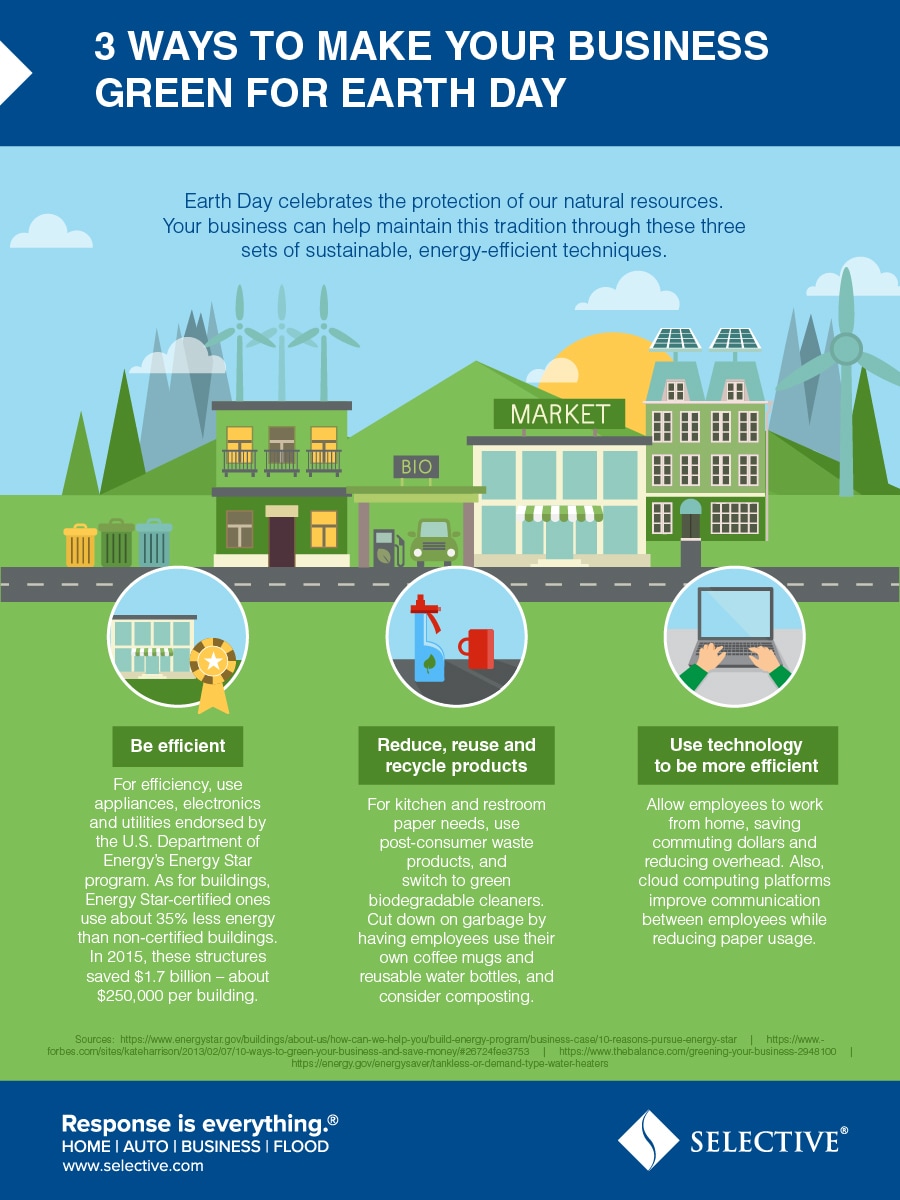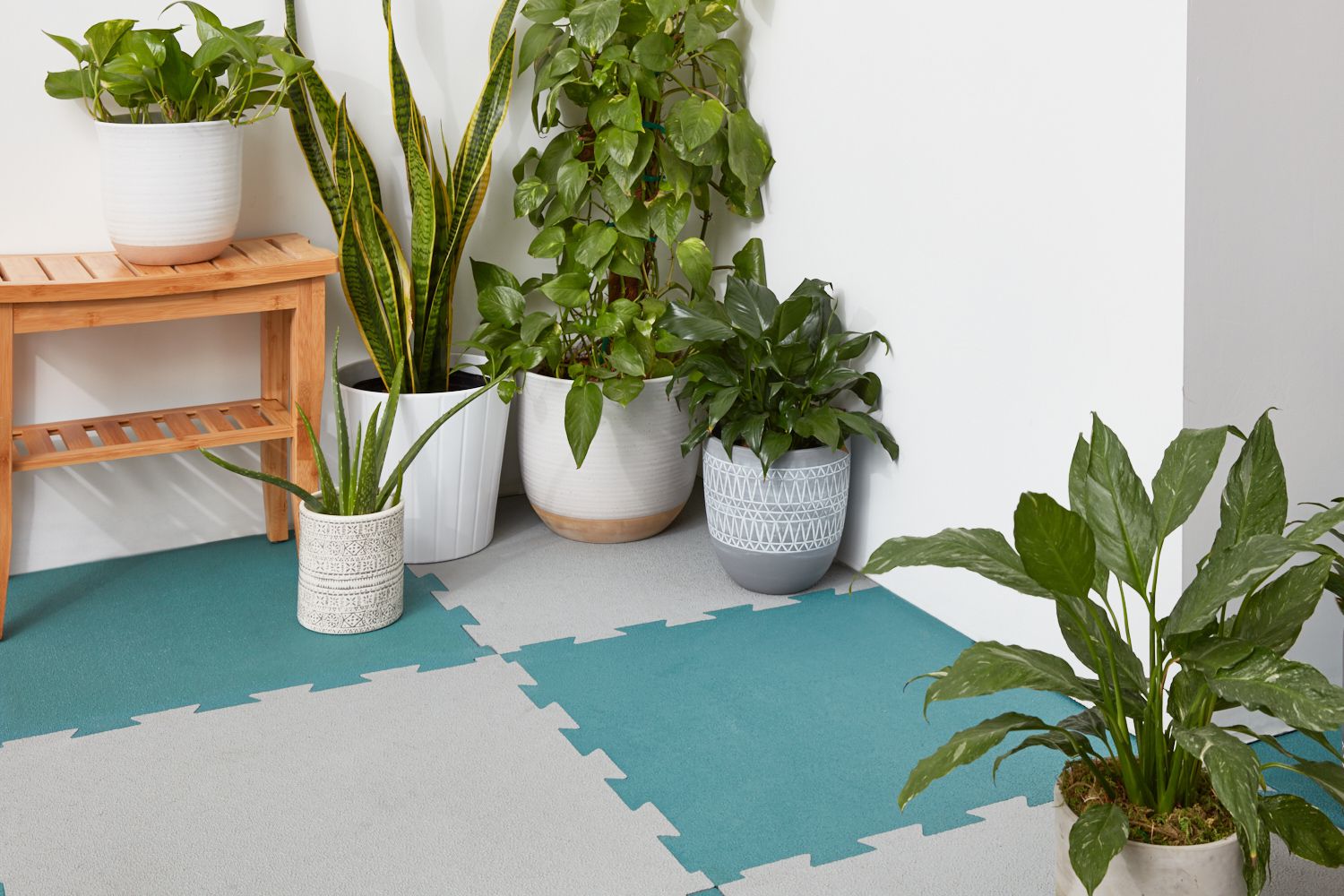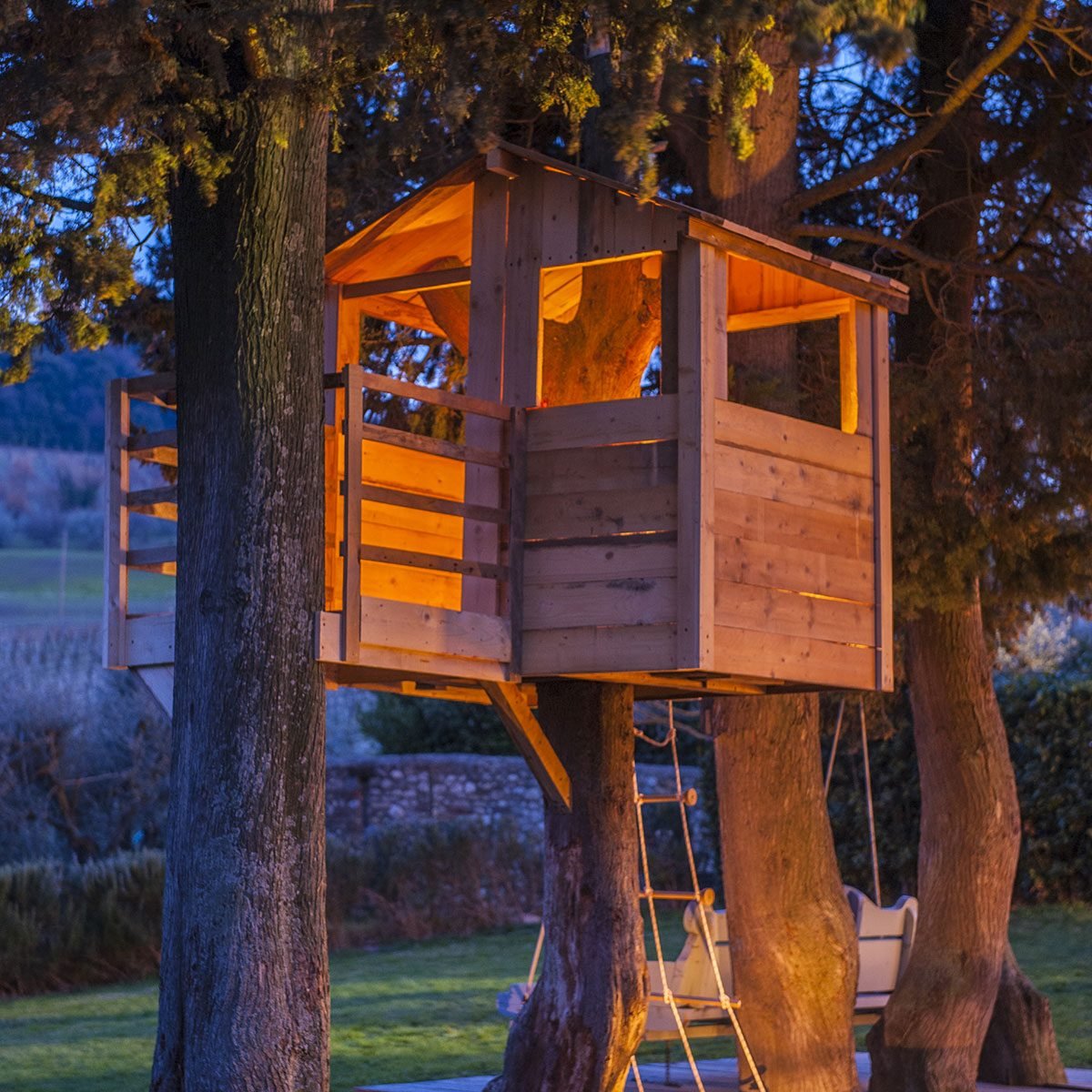The most recent generation to hit both the educational system and the workplace has made it clear in online polls, purchasing decisions, and even brand choices at large –how environmentally focused they are and that they will vote with their money.
A Generation of Do-Gooders and Tree Huggers
A recent study by the Glass Packaging Institute demonstrated that all around the world, students are becoming gravely concerned with the amount of plastic that is finding its way into the earth’s natural ecosystem.
In addition to being concerned about the global environmental problems we face, today’s students are also much more engaged in their personal health.
With these two thoughts in mind, the Millennial focus on health and environment, let’s dig into how these generational values have put drinking fountains at the forefront of institutional reform and corporate social responsibility.
Why Today’s Modern Drinking Fountains can Save the Planet
Contemporary drinking water fountains come in a number of varieties and because of the adaptation of the drinking fountain industry, recent models generally make it simple to refill and re-use an existing water bottle. To the utter dismay of bottled water companies like Nestle.
- Reduces Plastic Waste
You drink a lot of water; the average student drinks about 5 to 15 glasses of water per day. Turn those glasses of water into bottles of water, and we’ve got a problem. A drinking fountain can reduce throwaway waste and make your premises cleaner.
A plastic water bottle can be recycled but ultimately after only a couple spins around the refrigerator aisle at your local convenience store they all wind up in landfills –and eventually, all plastic— all waste will wind up in the world’s oceans. Oh, and only 1 in 6 single-use water bottles bought at a shop or vending machine are recycled properly.
Don’t believe me? Just ask these birds.
- Reduces Fossil Fuel Usage
Every water bottle sold, regardless of size, requires 1 litre of fossil fuels to produce. Yes, 1 litre. And oh, it gets worse, keep reading.
- Reduces Water Waste
No, really! A device that dispenses water all day long wastes less water than the amount wasted on a single water bottle bought from a vending machine. Yes, yes. 1 litre of bottled water requires that another 25 litres are wasted in its production and transport before it gets to your hands. I don’t care how eco-friendly you think you are –bottled water undoes a lot of those good deeds you’ve done already.
- Reduces Energy Cost
Yeah, we’re not done here. In addition to a 25:1 water waste to bottles sold ratio, it also takes 2,000 times more energy to bring you that single water bottle. Another point for drinking fountains and single-use water bottle refilling stations.
- Less Bacteria
Two disturbing facts for you; the average old, out dated water fountain without germ-killing silver-ion microbial coatings have more bacteria all over them than the locker room toilet. But guess what –water bottles have more on average.
Modern drinking fountains are more sanitary than even bottled water, no matter what the ad agencies tell you.
- Less Chemicals
If you can refill a bottle, you can choose a good bottle; choosing a BPA-free water bottle or cantene is a great way to store your drinking water as an alternative to a throwaway.
In Conclusion
Think of anything we missed? Let us know in the comments. Want to help your school “ban the bottle”? Use this Slideshare presentation to turn heads and convince faculty to drop the water bottle vending machine in favour of a water bottle refilling station.





